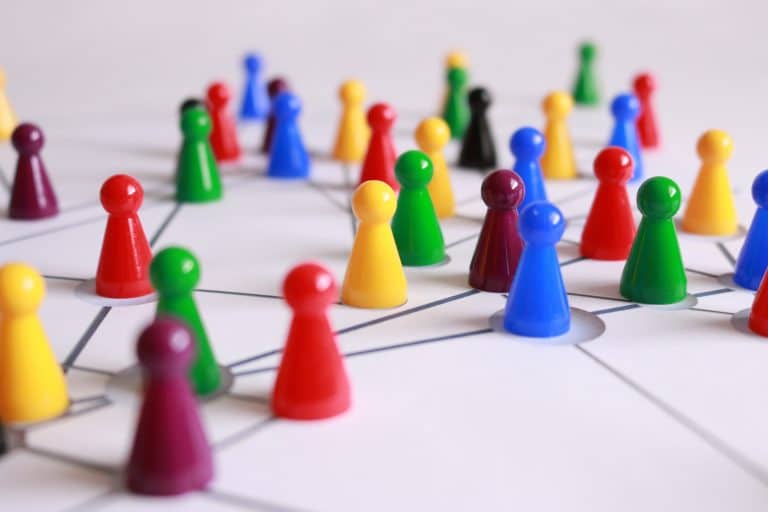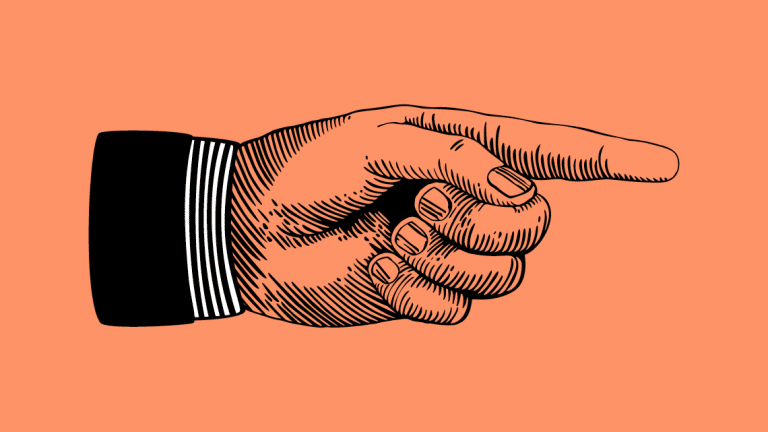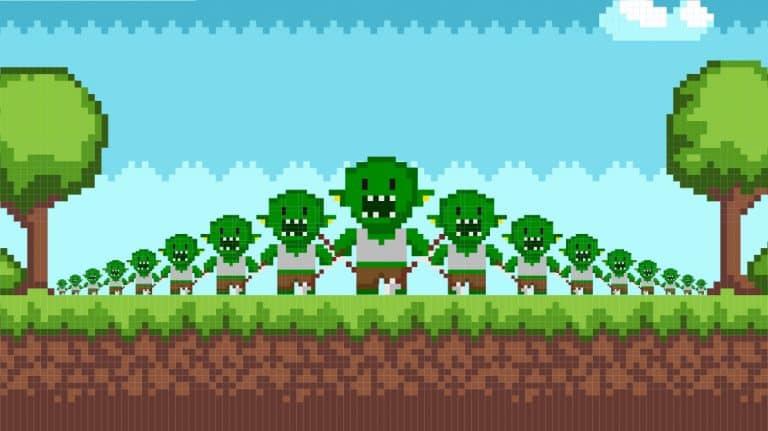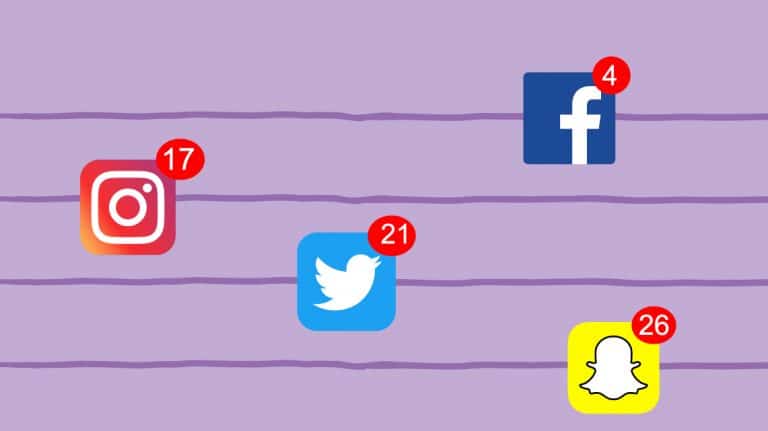Online Safety Code of Practice
The code commits a range of technology companies to reducing the risk of online content that may cause harm to New Zealanders

The code commits a range of technology companies to reducing the risk of online content that may cause harm to New Zealanders

Image-based abuse (sometimes called image-based sexual abuse, revenge porn or sextortion) is the name for the non-consensual sharing of intimate images. It is a type of online sexual harassment and can be an offence under the Harmful Digital Communications Act. Netsafe can help remove the content as well as advise you on the options available….

Netsafe’s factsheet compares annual trends regarding the prevalence of unwanted digital communications based on participants’ sexual orientation. Around a quarter of people who identify as non-heterosexual have received harmful digital communications in the previous year, according to a Netsafe study. Trends identified in the data – released to coincide with Pride – suggest that since 2018, LGB+* participants’ have…

Online bullying, abuse or harassment based on your gender can make you feel isolated and alone, and in some situations it can make it feel harder to reach out for help. If you are experiencing abuse or harassment online based on your gender, you can contact Netsafe for help and advice. How can Netsafe help?…

Taking a defamation case is a big undertaking in New Zealand and you will need to engage a lawyer. Civil processes under the Harmful Digital Communications Act will soon apply

Doxxing (sometimes spelt ‘doxing’) is a type of online harassment where people share personal or identifying information about someone online without their consent. This could include a person’s full legal name, address, place of work, phone number or contact details for family members. In many cases, people will dox a person using information they find…
Privacy and information statement Netsafe is New Zealand’s independent, non-profit online safety organisation. Many of the services we deliver, including under the Harmful Digital Communications Act (HDCA), require us to collect and use personal information – information about people. This privacy statement explains what personal information we collect, how we store, use and share it, and how you can access or correct your own information. Our values of trust, care and connection align with good privacy…

You are here: Online Safety Parent Toolkit > Understand Social media can be a great way to stay connected to friends and family, however there can be some risks too. We’ve put together some advice to help you keep your children safe while using social media. You can also check out our Online Safety Parent Toolkit…

Trolling is an online behaviour where a person will share, comment or post deliberately inflammatory content in order to evoke an emotional reaction and/or create conflict. If this is happening to you it can be upsetting and difficult to know how to respond. Read Netsafe’s advice about what trolling is and the support options available. HOW…

More people are using technology to stay connected and get things done. Technology can also be used as a pattern of abusive behaviour to hurt, control and monitor a partner or someone close to them. We’ve developed A Guide to Social Media Settings to explain the risks that people in this situation may encounter online and the safety settings…